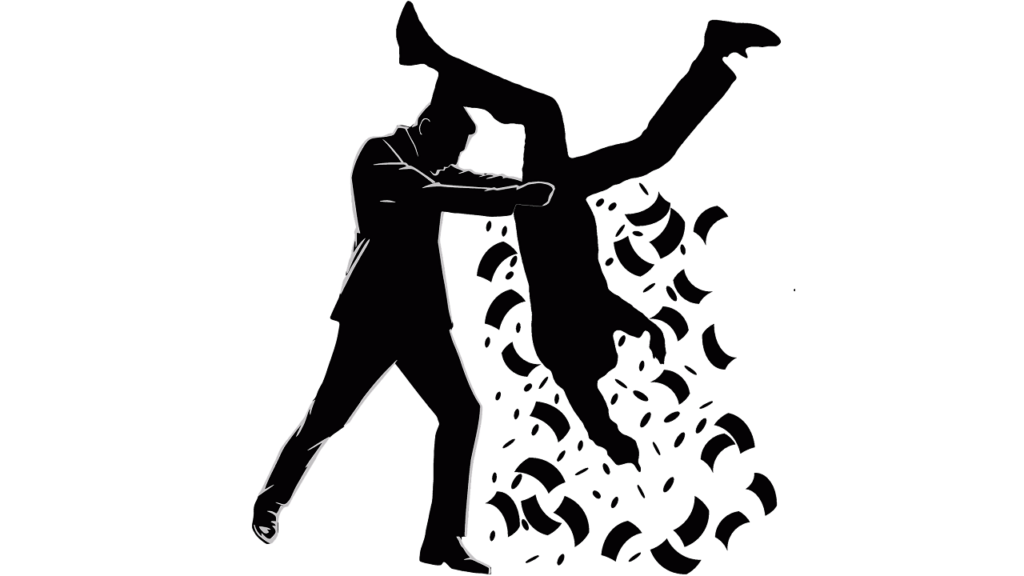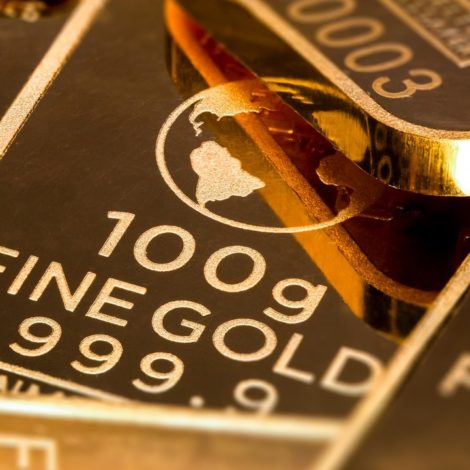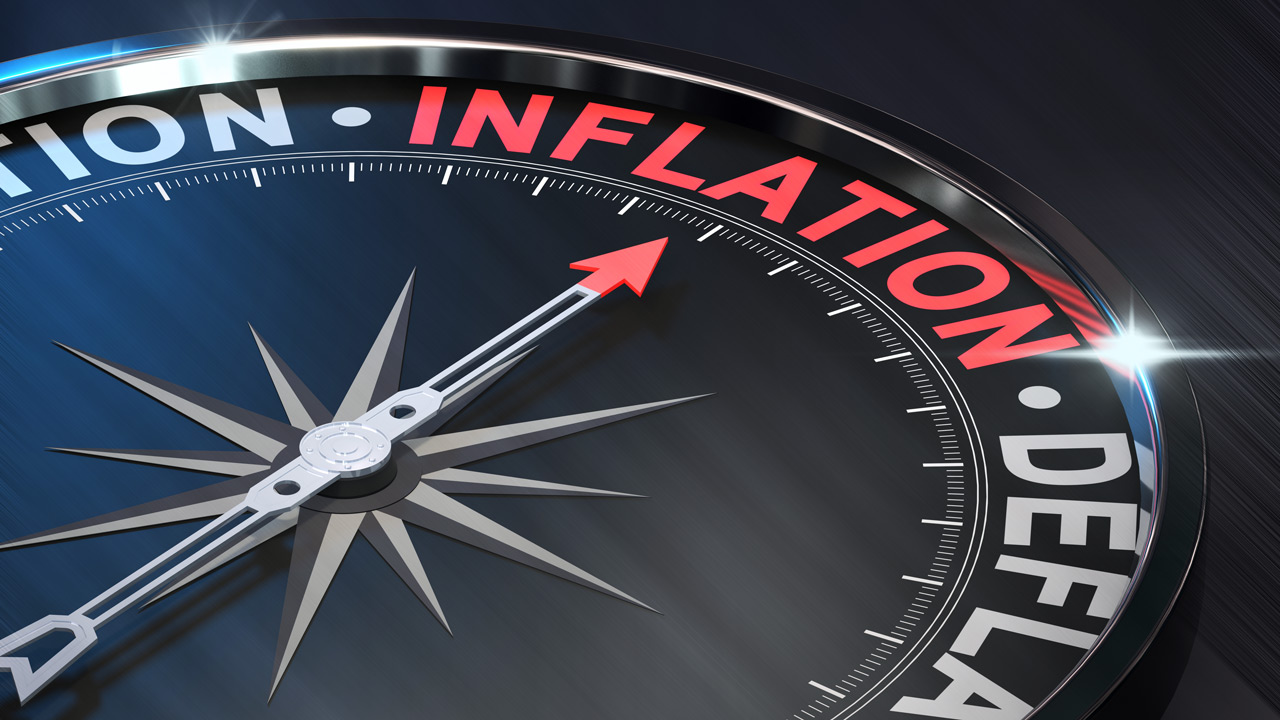When Government Spends You Pay — One Way or Another
The US government is spending money at a torrid pace. Uncle Sam blew through $547 billion in January. That brings total spending through the first four months of fiscal 2021 to $1.92 trillion.
And the spending spree is only going to increase. Congress continues to debate another $1.9 trillion stimulus package and there’s already talk of an infrastructure spending bill in the pipeline after that.
This raises the $1.9 trillion question: how is the government going to pay for all this?
Americans seem to have lost sight of an old truth – there is no such thing as a free lunch. Eventually, somebody has to pay the bill. As Peter Schiff explains in this short clip from his talk at the Virtual Money Show, there are really only three ways the government can pay its bills. And ultimately, the money comes out of your pocket.
The most honest way the government pays its bills is through current taxation. In this scenario, the US Treasury collects the amount of money necessary to cover the spending for the current year directly from taxpayers in the current year. But while this is the most honest way for a government to pay its bills, it’s not particularly popular with taxpayers. As Peter pointed out, politicians running for office don’t want voters to realize how much all of these government programs actually cost.
Now, there are certainly voters who benefit from the programs and couldn’t care less about how much they cost because they’re not the ones paying the taxes. But then you have the group of voters who are paying the taxes and who are not directly benefitting from all of those programs. So, they’re more cognizant of what they cost. So politicians, looking to get as many votes as possible, try to find other ways to finance their spending that won’t aggravate the taxpayers.”
The second way the government can pay for spending is by borrowing money. In this scenario, the government is taxing the taxpayer in the future.
In practice, the US government sells Treasury bonds to willing buyers on the open market. When the bonds mature, the government pays the lender back with interest. This is actually more expensive than current taxation. While borrowing puts the burden of paying the bill on the taxpayer of tomorrow, the taxpayer of today has to pay that interest.
In other words, when government pays for its spending programs by borrowing, the taxpayers are actually on the hook for an even greater cost. Because not only do they pay back the principle, but they have to pay all the interest.”
It’s no different than buying a TV on your credit card. If you just pay the minimum balance every month, you will have paid far more for that TV by the time you pay it off thanks to the interest payments than you would have if you’d just paid cash at the moment of purchase.
When you pay for government programs with debt, by the time you repay the debt, the government programs were a lot more expensive than if you just paid for them with current taxation. But the benefit to politicians is that the taxpayers don’t understand this, or they don’t care, because they think it’s some taxpayer in the future that’s going to be stuck repaying the debt, not the taxpayers who are voting today.”
Until relatively recently, most government spending was paid for through borrowing. But now the government has to resort to a new method of finance because it’s becoming increasingly more difficult for the government to borrow money from private sources. Uncle Sam can’t afford to pay a high enough interest rate to private lenders to make it a viable transaction. The market is so flooded with Treasuries, there simply isn’t enough demand to sell more. That means bond prices must rise and yields must increase. In a world already flooded with debt, it’s not economically viable.
The US government has borrowed so much money to try to delay the day of reckoning for so long and kick the can down the road as we go deeper and deeper into debt that now we have a national debt that’s approaching $30 trillion. There is no way the US government can finance that.”
When you step back and look at the numbers, it becomes clear that repaying this debt is impossible – not with money that has any real purchasing power. In fact, the debt has grown so large that if we had a normal rate of interest, the government would struggle just to make the interest payments. So the only way left for the government to fund its expenditures is through inflation.
In practice, the government issues debt, and then the Federal Reserve steps in and buys that debt with money printed out of thin air. This expands the money supply.
When you lend money to the government, it doesn’t expand the money supply. The government has money to spend, or it passes it on for some other person to spend, but you don’t have that money to spend. There is no net gain. You’ve just transferred money from one party to another. But when the Federal Reserve monetizes that debt and prints new money, everybody gets to spend. There is more money in the economy because the government hasn’t taken money away from anybody, but it’s giving new money to other people.
When the government doesn’t raise your taxes, if it just prints money and then gives it to another individual to spend, your purchasing power, at least in dollar terms, hasn’t been diminished. But now you have another guy or gal who is given all this cash that can now go out and spend it. And so what happens is that person competes with you to buy stuff and prices are bid higher. And so the result of that type of taxation is that prices go up. Everything becomes more expensive. So, instead of the government taking your money, the government takes the purchasing power of your money. And that’s a tax.”
The inflation tax lowers our standard of living just like direct taxation. It’s just harder to see. And that’s why politicians like it.





 This weekend, Todd Sachs interviewed Peter on the state of the economy. They discuss the parallels between now and the 2007-2008 housing crisis, the role of economic sentiment in voters’ opinions, and why foreign central banks are losing faith in the dollar.
This weekend, Todd Sachs interviewed Peter on the state of the economy. They discuss the parallels between now and the 2007-2008 housing crisis, the role of economic sentiment in voters’ opinions, and why foreign central banks are losing faith in the dollar. Gold hit a new all-time nominal high, surpassing the previous record set in December of the previous year. The precious metal’s price reached approximately $2,140, indicating a robust and continuing interest in gold as a safe-haven asset, despite a rather peculiar lack of fanfare from the media and retail investors. This latest peak in gold […]
Gold hit a new all-time nominal high, surpassing the previous record set in December of the previous year. The precious metal’s price reached approximately $2,140, indicating a robust and continuing interest in gold as a safe-haven asset, despite a rather peculiar lack of fanfare from the media and retail investors. This latest peak in gold […] Peter released a brief video addressing the looming resurgence of inflation. Ironically, on the back of disappointing inflation numbers, gold witnessed a dip below $2000 on Tuesday due to higher-than-expected CPI data.
Peter released a brief video addressing the looming resurgence of inflation. Ironically, on the back of disappointing inflation numbers, gold witnessed a dip below $2000 on Tuesday due to higher-than-expected CPI data. Gold surged to a new record high of $2135 early Sunday morning before pulling back sharply Monday. In this video, Peter Schiff explains why this is a buying opportunity. After setting the record, gold quickly sold off and consolidated, dropping over $100 back to around $2,020. Some people see the quick selloff as a bearish […]
Gold surged to a new record high of $2135 early Sunday morning before pulling back sharply Monday. In this video, Peter Schiff explains why this is a buying opportunity. After setting the record, gold quickly sold off and consolidated, dropping over $100 back to around $2,020. Some people see the quick selloff as a bearish […] During a recent interview at the 2023 Precious Metals Summit Zurich event, Doom, Boom & Gloom Report publisher Marc Faber says now is the time to buy gold, silver and platinum because inflation is here to stay.
During a recent interview at the 2023 Precious Metals Summit Zurich event, Doom, Boom & Gloom Report publisher Marc Faber says now is the time to buy gold, silver and platinum because inflation is here to stay.